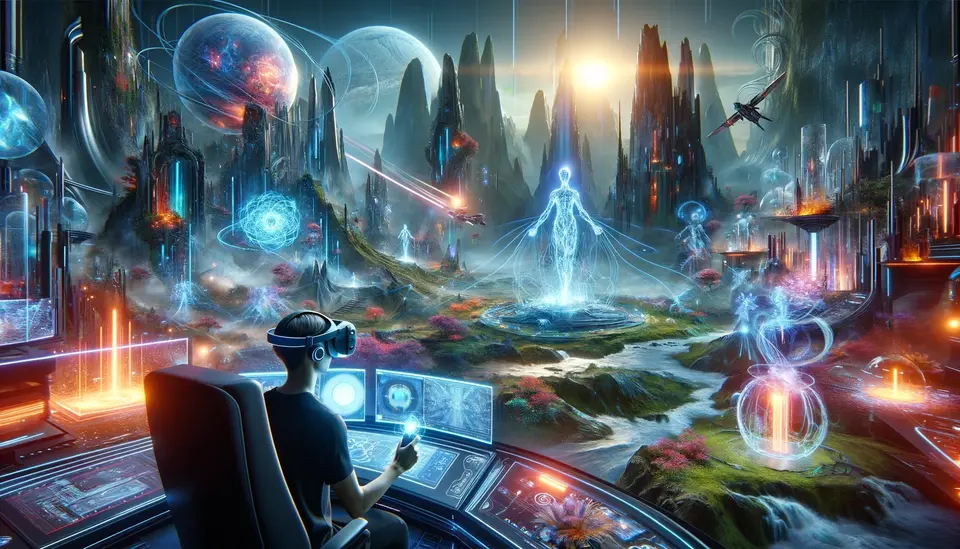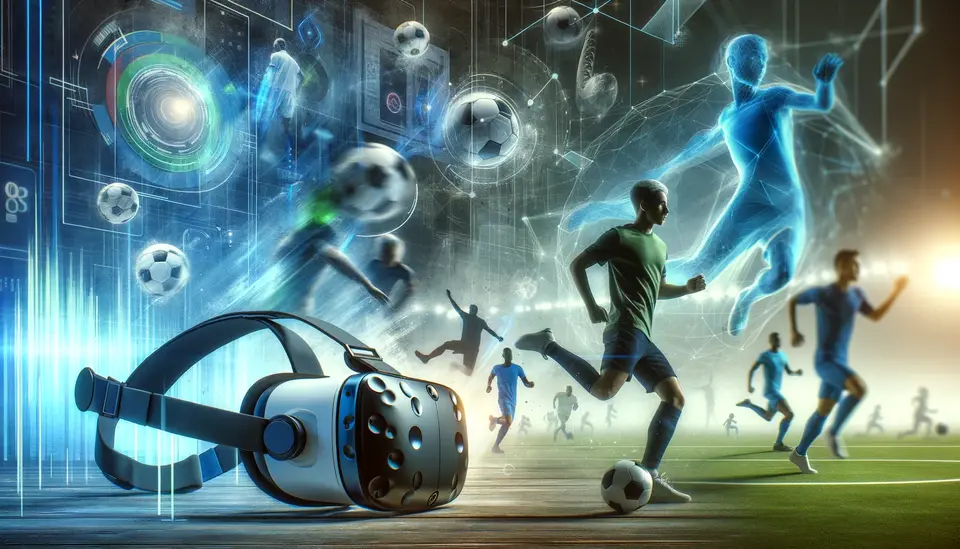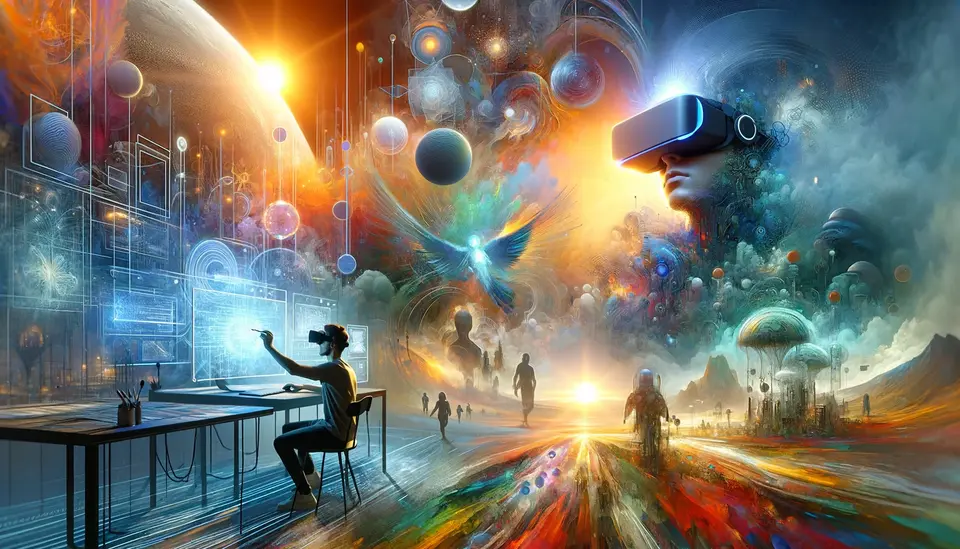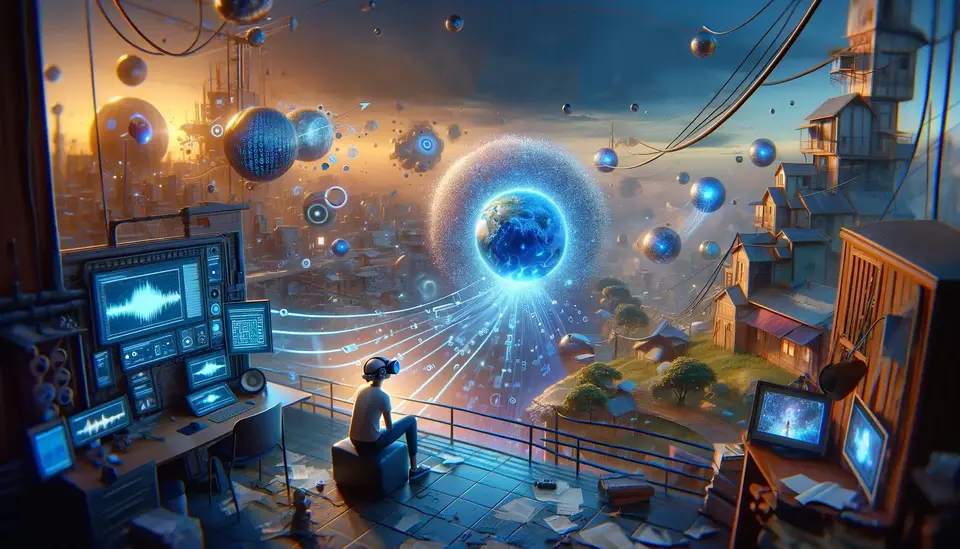The Impact of Sora on Virtual Reality (VR)
Posted on February 18, 2024 5 minutes 906 words
Table of contents
Introduction
The realm of Virtual Reality (VR) is on the cusp of a significant transformation, propelled by the advancements in artificial intelligence, particularly by OpenAI’s Sora. This blog post delves into how Sora, with its innovative AI video generation capabilities, is set to redefine the landscape of virtual reality.
Understanding Sora’s Capabilities
Sora, an AI model developed by OpenAI, specializes in generating realistic and complex video content from text instructions. This capability is groundbreaking for VR, where the creation of immersive, lifelike environments is key. Sora’s proficiency in rendering high-quality videos aligns perfectly with the demands of VR for creating engaging and believable worlds.
Virtual Reality: Immersive and Expanding Universes
Virtual Reality has evolved from a niche technology to a mainstream medium, offering immersive experiences in gaming, education, healthcare, and more. However, the creation of VR content has been a complex, resource-intensive task. Sora’s introduction marks a paradigm shift in how VR content could be developed and experienced.
The Impact of Sora on Virtual Reality
Revolutionizing Visual Realism
Sora’s groundbreaking video generation capabilities offer an unprecedented level of visual realism in VR. By accurately simulating lighting, textures, and physics, Sora can create virtual environments that are indistinguishable from reality. This realism is crucial for applications like virtual travel, where users can explore detailed recreations of world landmarks with stunning accuracy.
Dynamic Content Generation
Perhaps the most significant impact of Sora in VR is its ability to dynamically generate content. Unlike pre-rendered scenes, Sora can create environments that react and evolve based on user interactions or narrative progress. This means in a VR game, for instance, the environment could change depending on the player’s decisions, weather patterns, or time of day, offering a truly dynamic and immersive experience.
Personalization and Adaptability
With Sora, VR experiences can become deeply personalized. Based on user input, preferences, or past interactions, Sora can modify the VR environment in real-time. This adaptability extends to creating personalized storylines, changing difficulty levels in training simulations, or even altering the aesthetic of the virtual world to suit the user’s mood.
Enhanced Interactive Experiences
The integration of Sora in VR also promises more interactive and engaging experiences. For educational purposes, this could mean students interacting with historically accurate, dynamically generated environments, or medical students practicing surgeries in anatomically precise simulations that react realistically to their actions.
Overcoming Creative Limitations
The ability of Sora to understand and transform text into visual content overcomes a significant barrier in VR content creation - the need for extensive development resources. This opens the door for creators with more diverse backgrounds to participate in VR content creation, leading to a richer variety of experiences.
Streamlining Development Processes
The use of Sora could streamline the VR development process, reducing the time and cost associated with creating high-quality content. This efficiency could lead to a faster turnaround in VR content production, allowing for more timely and relevant experiences.
Expanding Narrative Possibilities
Sora’s AI-driven approach enables more complex and branching narratives in VR storytelling. Writers and creators can develop multi-faceted storylines that Sora translates into visual experiences, offering users a unique journey each time they engage with the content.
Improving Accessibility
By simplifying the content creation process and reducing the need for high-end hardware, Sora could make VR more accessible to a broader audience. This democratization of VR content creation and consumption can lead to wider adoption and greater innovation in the field.
Creating More Emotionally Engaging Experiences
Sora’s ability to generate detailed and contextually rich environments can lead to VR experiences that are more emotionally engaging and immersive. This is particularly impactful in fields like therapy, where creating a specific atmosphere or scenario is crucial for treatment effectiveness.
Applications and Future Potential
- Gaming and Entertainment: Sora could revolutionize VR gaming, providing developers with tools to create detailed and dynamic game worlds that respond to player actions.
- Education and Training: VR environments powered by Sora can offer realistic training simulations in fields like medicine, aviation, and engineering, enhancing the effectiveness of skill acquisition.
- Therapeutic and Healthcare Applications: In healthcare, VR experiences created by Sora can be used for therapeutic purposes, such as in treating phobias or providing relaxation and stress relief.
- Cultural and Historical Exploration: Imagine exploring ancient civilizations or distant planets through VR experiences crafted by Sora, offering educational and exploratory adventures.
The Future of Virtual Reality with Sora
The integration of Sora’s AI capabilities into VR technology heralds a new era of virtual experiences. As Sora continues to evolve, it promises to unlock further potentials in VR, leading to more immersive, interactive, and personalized virtual worlds.
Conclusion
Sora’s impact on virtual reality is a testament to the power of AI in enhancing technological mediums. By elevating realism, enabling dynamic content creation, and offering personalized experiences, Sora is not just redefining VR but is also paving the way for a future where virtual experiences are as rich and varied as the real world.








